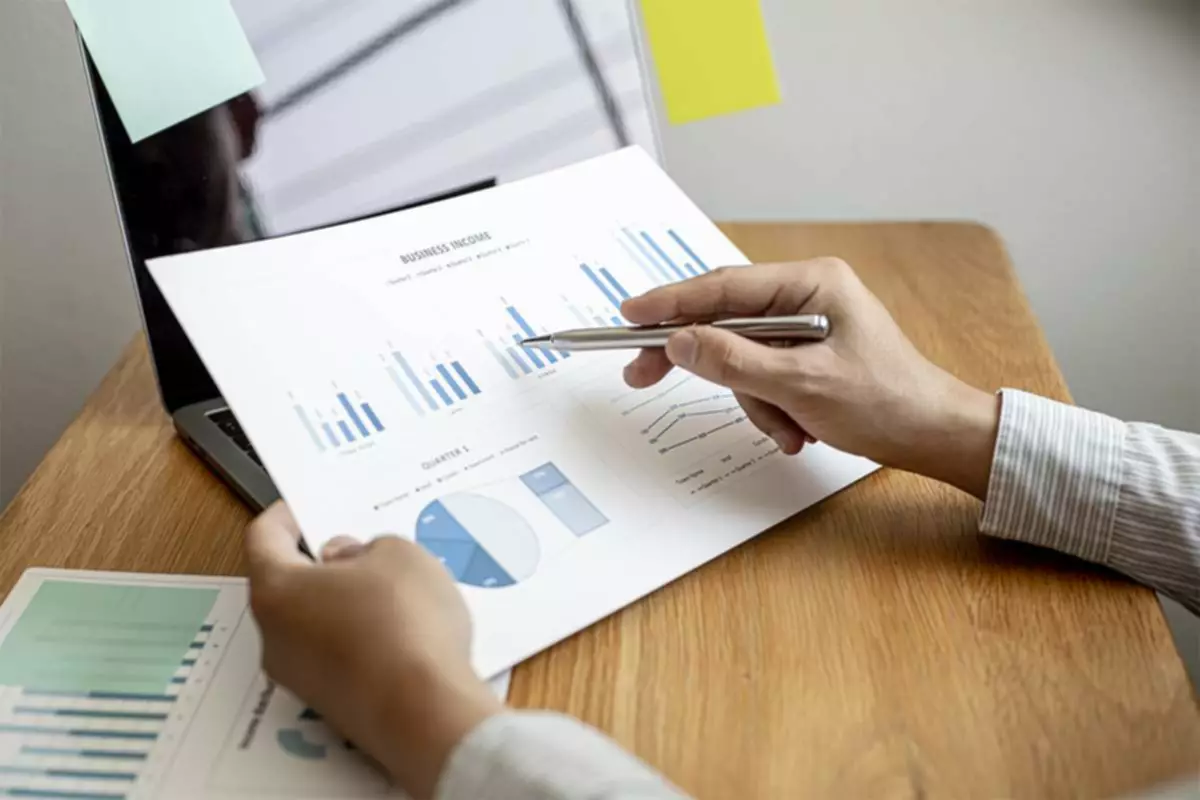Content

This allows investors, creditors, and other interested parties to quickly see how much debt the company has its liquidity position and the value of its assets. The most common classifications are current assets, fixed assets, intangible assets, and shareholders’ equity. A classified balance sheet is a financial statement with classifications like current assets and liabilities, long-term liabilities and other things.
This Subtopic provides criteria for offsetting amounts related to certain contracts and provides guidance on presentation. It is a general principle of accounting that the offsetting of assets and liabilities in the balance sheet is improper except if a right of setoff exists. It becomes easier for the reader of the financial statements to understand the balance sheet’s information. From this classified balance sheet one can easily calculate some financial liquidity ratios that can assist in determining the company’s solvency and viability. These three ratios are difficult to mine from a regular balance sheet and investors and financial analysts appreciate being able to easily access the information from a classified balance sheet.
If a company has surplus cash available and it sees a valuable investment opportunity in some other business, it can decide to buy a stake in it. This will include the amount of principal that must be repaid within this time frame. These are generally assets that are used to produce goods or services for the business. Tammy teaches business courses at the post-secondary and secondary level and has a master’s of business administration in finance.
Each of these categories contains a list of items revealing the company’s position at a point in time. The balance sheet is often called a snapshot in time because the data in it shows the reader how the company looks at the moment when the statement was prepared. Other financial statements cover time periods like a month, a quarter, or a year, but the balance sheet reveals the situation at a specific moment, i.e. A classified balance sheet presents information about an entity’s assets, liabilities, and shareholders’ equity that is aggregated (or “classified”) into subcategories of accounts. It is extremely useful to include classifications, since information is then organized into a format that is more readable than a simple listing of all the accounts that comprise a balance sheet. When information is aggregated in this manner, a balance sheet user may find that useful information can be extracted more readily than would be the case if an overwhelming number of line items were presented.
The articles and research support materials available on this site are educational and are not intended to be investment or tax advice. All such information is provided solely for convenience purposes only and all users thereof should be guided accordingly. A classified balance sheet also provides a clear and crisp view to the user.
Long-term investments are securities that will not or cannot be liquidated in the next year. Peggy James is a CPA with over 9 years of experience in accounting and finance, including corporate, nonprofit, and personal finance environments. She most recently worked at Duke University and is the owner of Peggy James, CPA, PLLC, serving small businesses, nonprofits, solopreneurs, freelancers, and individuals. For over 40 years, Johnson, Hickey, & Murchison has proudly served the Southeast classified balance sheet as one of the region’s most respected accounting firms and business advisors. A contractor needs to assess how to properly classify retentions as either receivables or contract assets. For instance, if there are restrictive provisions in the contract related to retentions, such as fulfillment guarantees, then those retentions are contract assets rather than receivables. Retentions should be classified as receivables only when the contractor’s right to the retention is unconditional .
By organizing the information into categories, it can be easier to read and extract the information you need than if it was simply listed in a large number of line items. It also gives users more information about the company and its operations. For example, investors and creditors can use measurements like the current ratio https://www.bookstime.com/ to assess a company’s solvency and leverage by comparing current assets and liabilities. Categorizing the balance sheet into current and long-term categories allows those to be easily accomplished. This balance sheet also reports Apple’s liabilities and equity, each with its own section in the lower half of the report.
Longer-term debt obligations have a full repayment period of more than a year. Long term liabilities are also mostly interest-bearing obligations. Companies prefer to take on high levels of long-term debt for reasons including longer payback period, lower cost of debt and potential to raise larger amounts of capital. The internal capital structure policy/decisions of a company will determine how much of long-term debt is raised by a company. The one major downside of high debt levels in the accompanying higher levels of financial leverage which could severely amplify a company’s losses during an economic downturn.